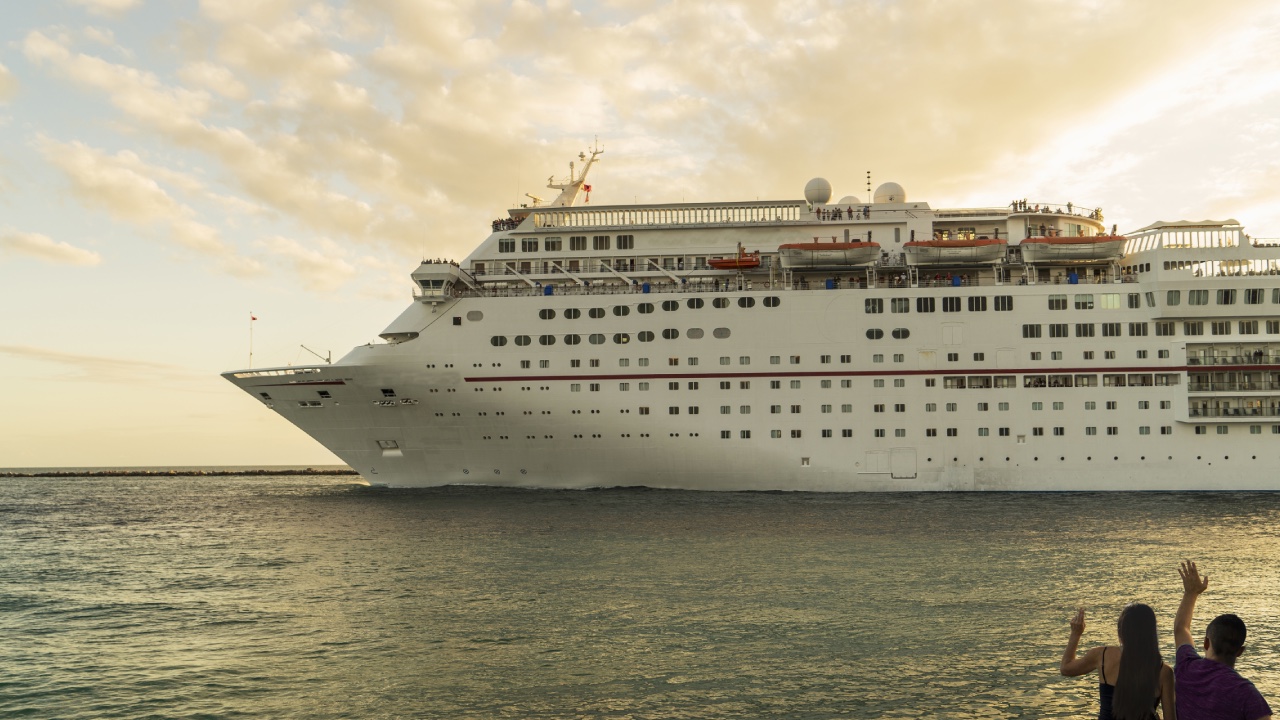What happens to old cruise ships?

Cruise control
Cruise ships are a way to explore the world and have a holiday out on the sea. Before the COVID-19 pandemic, going on a cruise to a new destination was a popular way for people to travel to new countries while being mindful of their travel budget. However, have you ever wondered what happens to cruise ships after they’re no longer in use?
Where do cruise ships go?
Like every other work of machinery in the world, cruise ships can’t run forever. Typically, a cruise ship is built to run about 30 years. When a cruise ship is no longer running smoothly or it’s time for it to retire, there are a few different factors for consideration which include the state of the ship when it goes into retirement along with how many people are interested in purchasing the cruise ship.”
In some cases, retired ships could have a second life and be sold to other companies,” Colleen McDaniel, editor-in-chief of Cruise Critic, tells Reader’s Digest. “In other cases, they’re sold for scrap – meaning the ship will dock at a shipyard and the most valuable parts will be sold piece-by-piece, and the rest of the ship stripped.”
While cruise ships can be sold to other cruise lines and repurposed that way, given the current climate with the pandemic, ships may skip that route and go straight to the scrapyard. “Currently, as cruise lines are retiring select ships, we’re seeing a mix of both– some ships have been transferred to different cruise lines, others are headed to shipyards to be sold as scrap,” says McDaniel.
How is a cruise ship taken apart?
Like retired airplanes, cruise ships have their own final resting place. “The term ‘cruise ship graveyard’ is usually meant to describe those final destinations for ships that have been scrapped,” McDaniel says.
You might be surprised to know that the largest scrap yard for ships in the world located in Alang, India recycles around 50 per cent of decommissioned cruise ships. Cruise ships either use their own power to go or they’re towed, which is a bit more difficult. Then there is a process in order to tear cruise ships down.
“If the ship is no longer profitable or has mechanical or other systemic issues, then it will be sold for demolition. In recent years, the most popular place for old cruise ships to get demolished has been Alang, in India, where there is a ten-mile stretch of beach with a 25-foot tidal variance,” says Peter Knego, a cruise journalist and historian.
“Ships are beached there at high tide, then when the tide recedes, workers head out, remove all salvageable fittings and begin cutting the ship down. As the ship gets cut away, it is gradually winched ashore until it finally disappears.”
Cruise ships as tourists attractions
Another option is to use retired cruise ships as popular tourist attractions. While we may never know the mysteries of the Titanic, one of the most famous cruise liners of all time, we can get an inside look at other ships like the Queen Mary.
With tours and attractions and various dining options available, you’re able to learn more about Queen Mary’s history and learn fun facts, like how the building of this ship was a technological achievement.
What has happened to cruise ships due to the pandemic?
The pandemic has upended many aspects of everyday life. “The pandemic sped up the process of cruise ship disposal since cruise lines could not afford to keep vast fleets in warm layup (with full crews to make sure all systems are in working order, the ship is clean, safe, etc.) or even cold layup,” says Knego.
Sadly, many cruise ships have had their lives cut short due to the pandemic. “The eighteen ships that the Carnival Corporation (parent company of Carnival Cruises with multiple cruise lines) and three that Royal Caribbean have thus far disposed of were still viable and popular ships until the pandemic struck,” explains Knego.
“For the most part, they could have all been kept in service for several more years but without the demand and with the overhead being so high, they had no choice and had to begin paring down their fleets. If the pandemic continues for much longer, what we have seen thus far is only the beginning of a much larger purge.”
Image credits: Getty Images
This article originally appeared on Reader's Digest.
